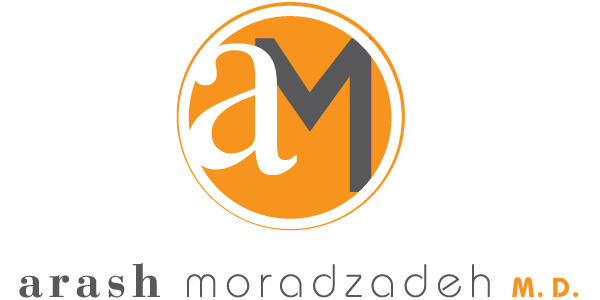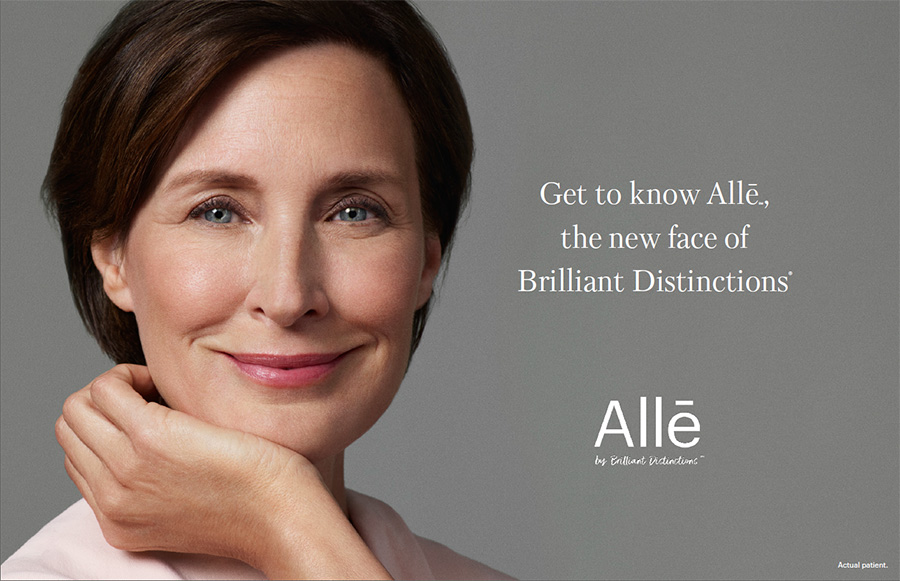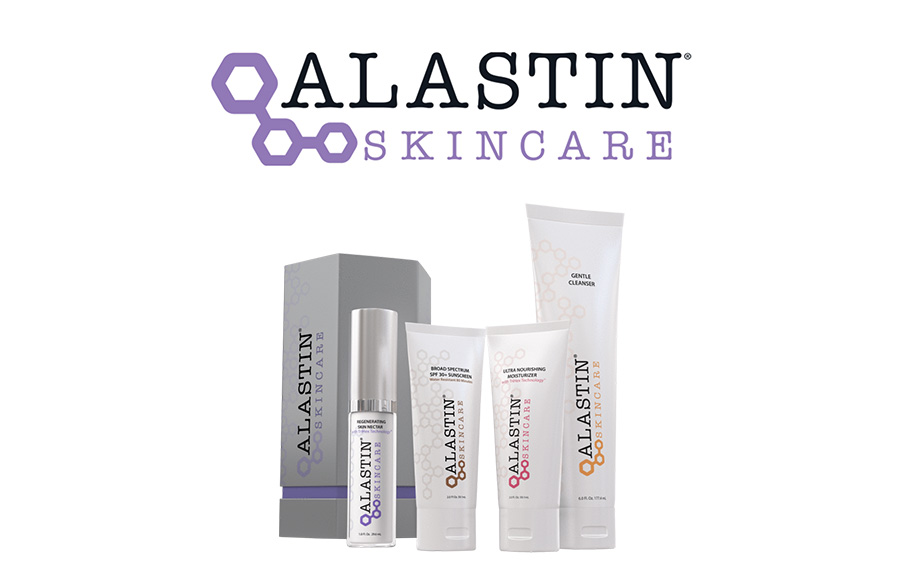A brow lift (also known as a forehead lift) is a treatment that corrects sagging in the forehead skin, upper eyelids, and eyebrows. The surgeon maneuvers tissues and remove segments of muscles and skin that are responsible for wrinkles or a deep frown. Sometimes, this procedure is performed in conjunction with a facelift or a reshaping of the nose.
Many times in cosmetic surgery, the importance of a brow lift is overlooked because the focus is on the excess skin of the upper eyelid. Actually, elevating the brow can alleviate much of the excess skin — and eyelid surgery (blepharoplasty) may not be necessary in certain individuals.
As a person ages, the brow descends, flattening the arch of the eyebrows and creating the appearance of excess upper eyelid skin. Lifting the brow can create a more youthful appearance and open up the eye.By elevating the brow back to its normal, youthful position, the arch of the eyebrows is recreated and much of the excess skin is no longer a problem.
The ideal female eyebrow sits right above the supraorbital rim (the edge of the bone you can feel right above your eye). The highest point of the eyebrow arch should be at the lateral limbus (this is where the colored portion of your eye meets the white part on the side).
The ideal male eyebrow sits right on the boney rim and has less of a peaked arch.
Understanding The Surgery
There are several surgical methods for lifting the forehead and eyebrow areas:
- the coronal brow lift
- the trichophytic brow lift
- the direct brow lift
- the endoscopic brow lift
The classic coronal lift involves one continuous zigzag incision, beginning at the level of the ears and extending up around the hairline. Depending on where the patient’s hairline is, the surgeon will move the incision line to avoid a visible scar. This type of lift works well in women with low hairlines and a full head of hair.
In the trichophytic brow lift, the incision is made at the hairline. This allows a brow lift to be performed without raising the hairline. This is commonly used in women with a higher hairline or bangs.
The direct brown lift is commonly used in men with prominent forehead lines. In this type of lift the incision is made directly in a forehead crease and skin is removed to achieve the desired lift. However, this type of lift is used infrequently because of the potential scarring.
The endoscopic lift is a minimally invasive procedure and is currently the most common technique used. The surgeon makes a few shorter incisions in the scalp — instead of one continuous incision — and inserts a scope (a small camera on the end of a thin tube) into one of the incisions to view the tissues and muscles from a screen. The surgeon uses another device, inserted into one of the incisions, to make the necessary alterations. Small anchors are used to secure the altered tissue. The patient experiences minimal scarring and a short recovery time.
What to Expect Afterwards
Recovery will vary, depending on whether the procedure is a classic or endoscopic brow lift.
In either case, the patient will have stitches or staples in the incisions that will need to be removed in about a week. If temporary fixation screws have been inserted, they will need to be removed in about two weeks (these fixtures are installed beneath the hairline to hold the elevated brow in place). Many times a dissolvable Endotine® device will be used to hold the brow in the correct position, which will dissolve over several months.
Some swelling and bruising can be expected, and can affect other parts of the face, including the cheeks and eyes. The swelling should be gone in about a week. For at least two days following surgery, the head should be kept elevated to help alleviate the swelling, and ice packs should be applied to the affected area. Dr. Moradzadeh will frequently recommend the use of herbal supplements like Arnica Montana and Bromelain to help reduce swelling and bruising.
After either procedure, the individual may also experience numbness, tingling and/or itching, which will subside over time. Most patients can return to normal activity, within 10 days or even sooner in some cases, but they should avoid heavy lifting, vigorous exercise or other activity for the first few weeks after surgery.
Is a Brow Lift Right For You?
Although most men and women who undergo brow lift surgery are between the ages of 40 and 60, the procedure can offer great results in older and younger individuals as well. Good candidates for a brow lift include healthy individuals with any of the following conditions:
- Deep horizontal forehead creases
- Frown lines between the eyebrows and across the top of the nose
- An unnaturally tired appearance created by sagging or low-positioned eyebrows
Although brow lift surgery offers benefits to many who undergo it, the procedure should be approached with extra caution for those with uncontrolled high blood pressure, blood-clotting problems, or the tendency to form excessive scars. After a personal consultation, Dr. Moradzadeh can advise you if the procedure is right for you.
Other Considerations
Did you know Dr. Moradzadeh offers Ultherapy®, a non-surgical lift of the eyebrow that can be done using ultrasound? Ultherapy is a new type of non-invasive procedure that uses ultrasound and the body’s own natural healing process to lift, tone, and tighten loose skin along the brow and neck, and under the chin. FDA-approved, ultherapy stimulates the deep structural support layers of the skin — including those typically addressed with a surgical facelift — without disturbing the surface of the skin. This procedure can be done in the office and patients can go right back to work with no visible signs of having anything done to the face. The lifting takes place gradually over a 3-month period, and the results last from 2 to 3 years. To learn more about Ultherapy, click here.
Another option for patients who are not ready for surgery is Botox®. Dr. Moradzadeh uses various techniques to eliminate frown lines and crows feet and to lift the eyebrow to the desired result. To read more about Botox, click here.


